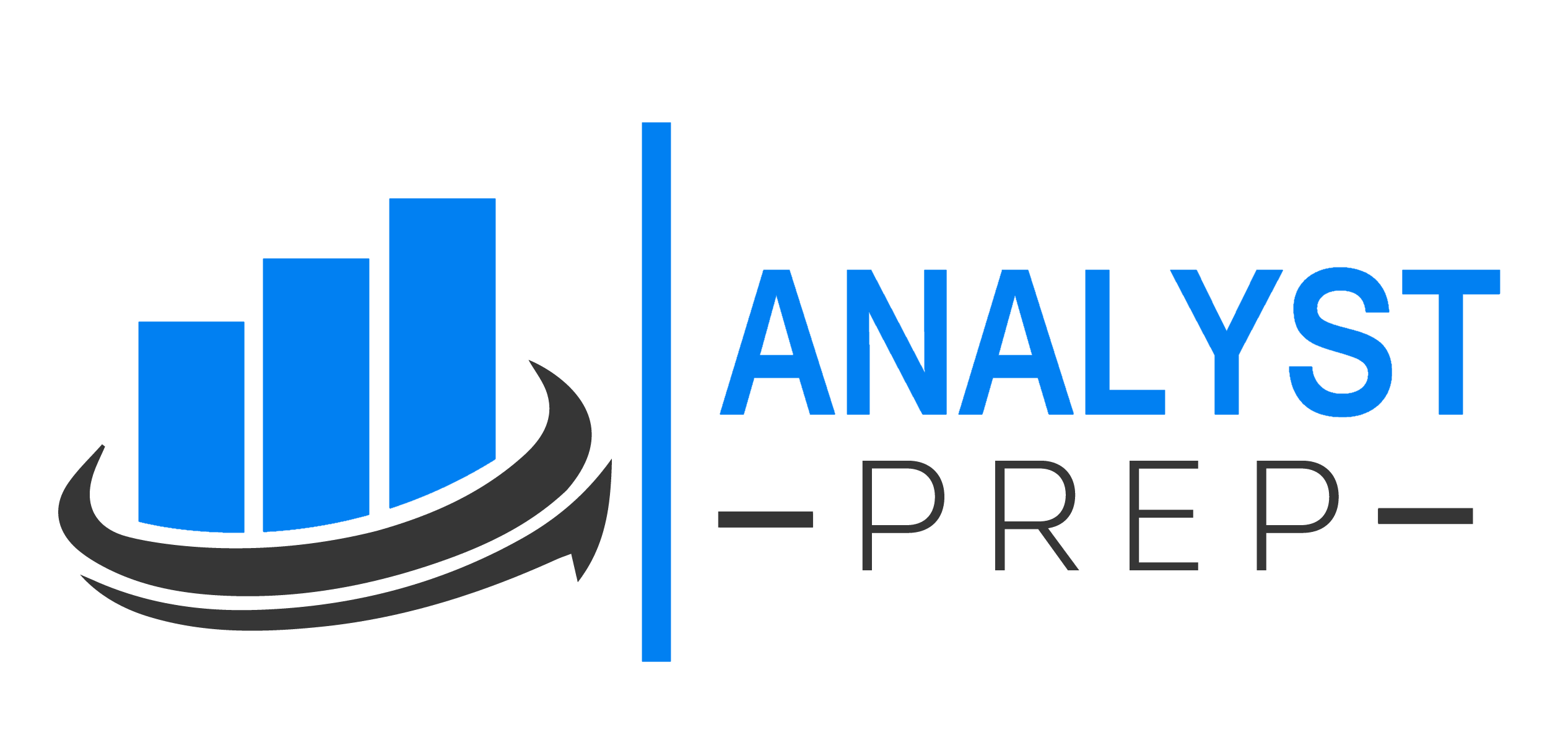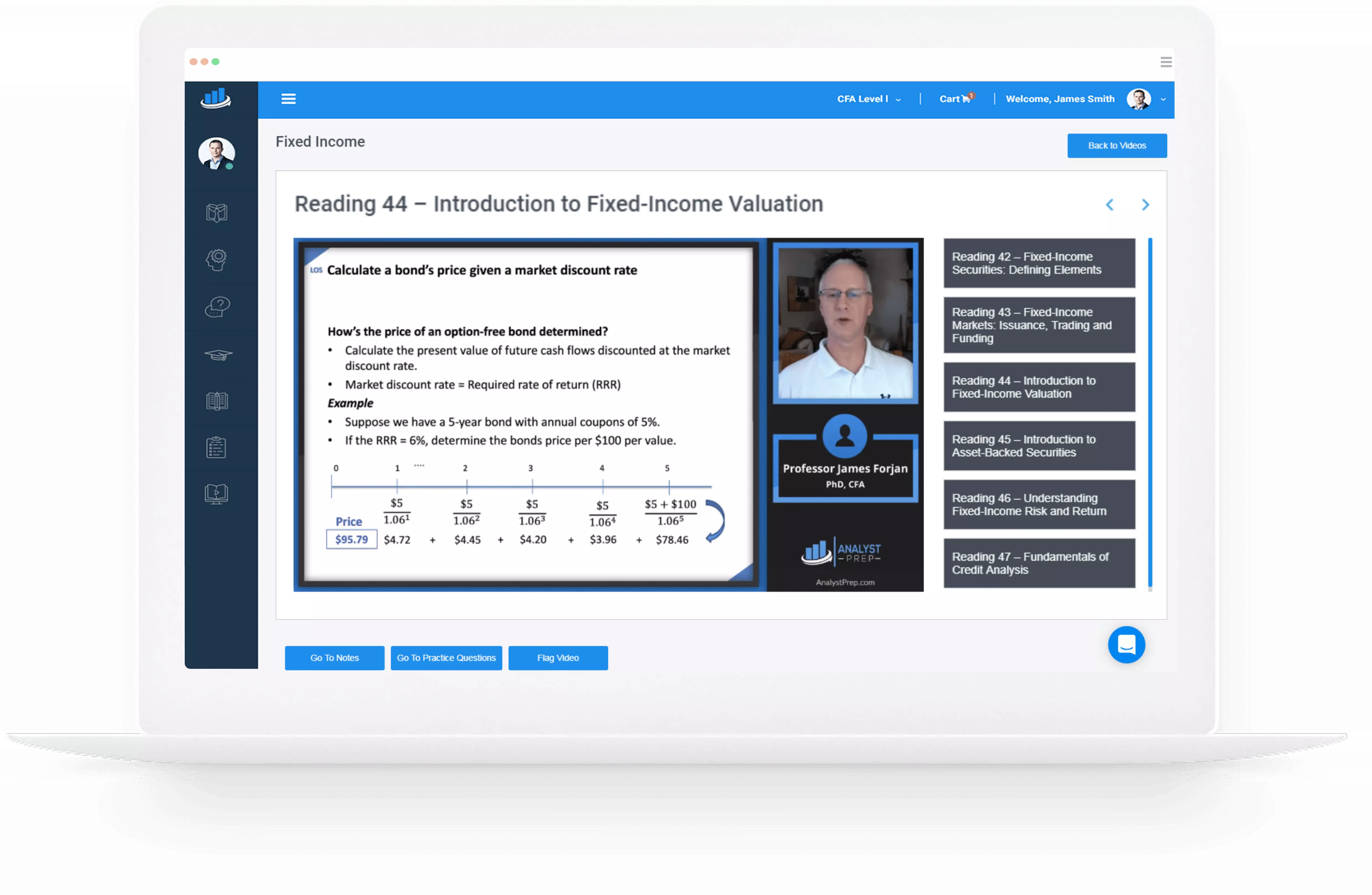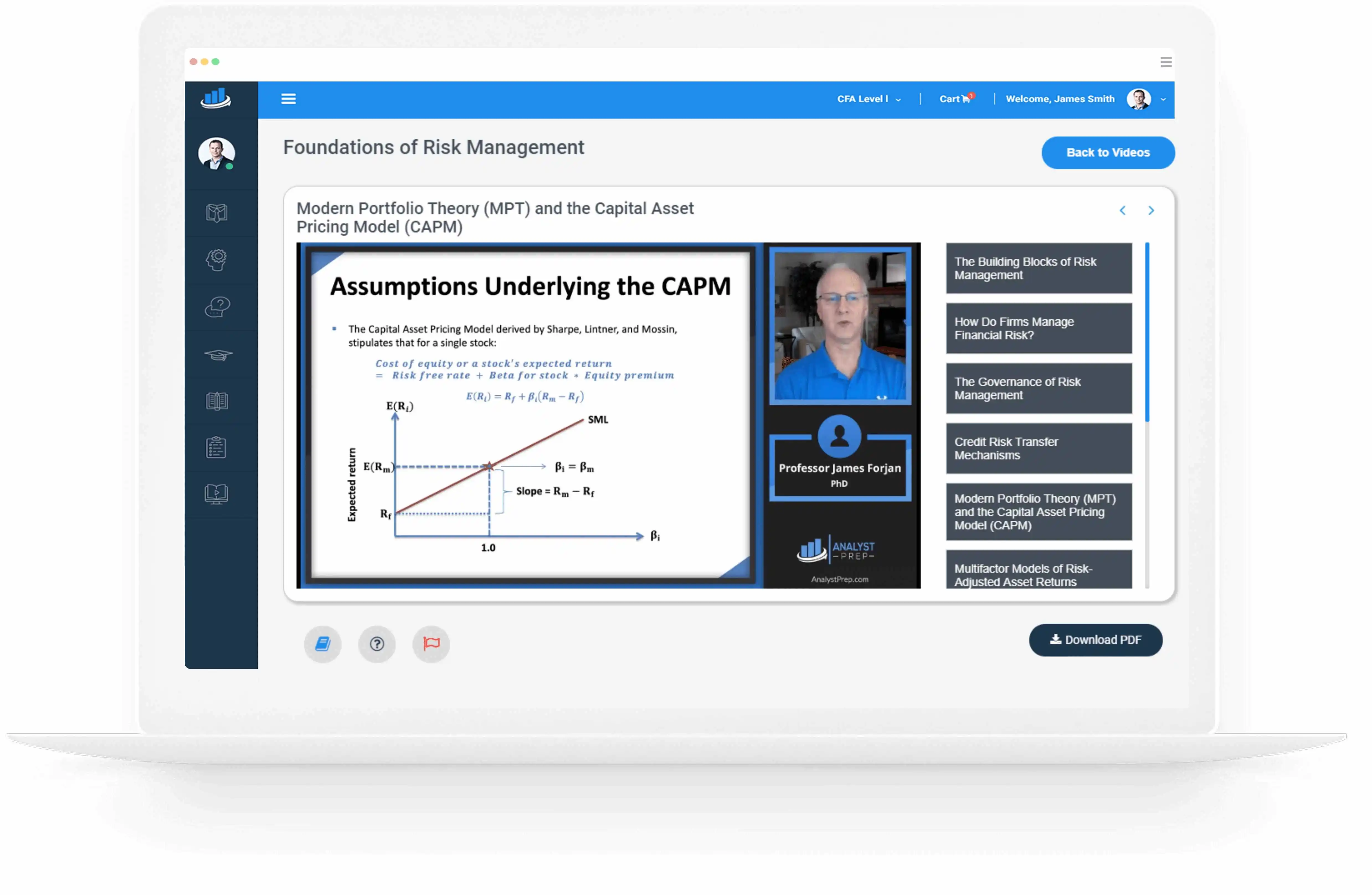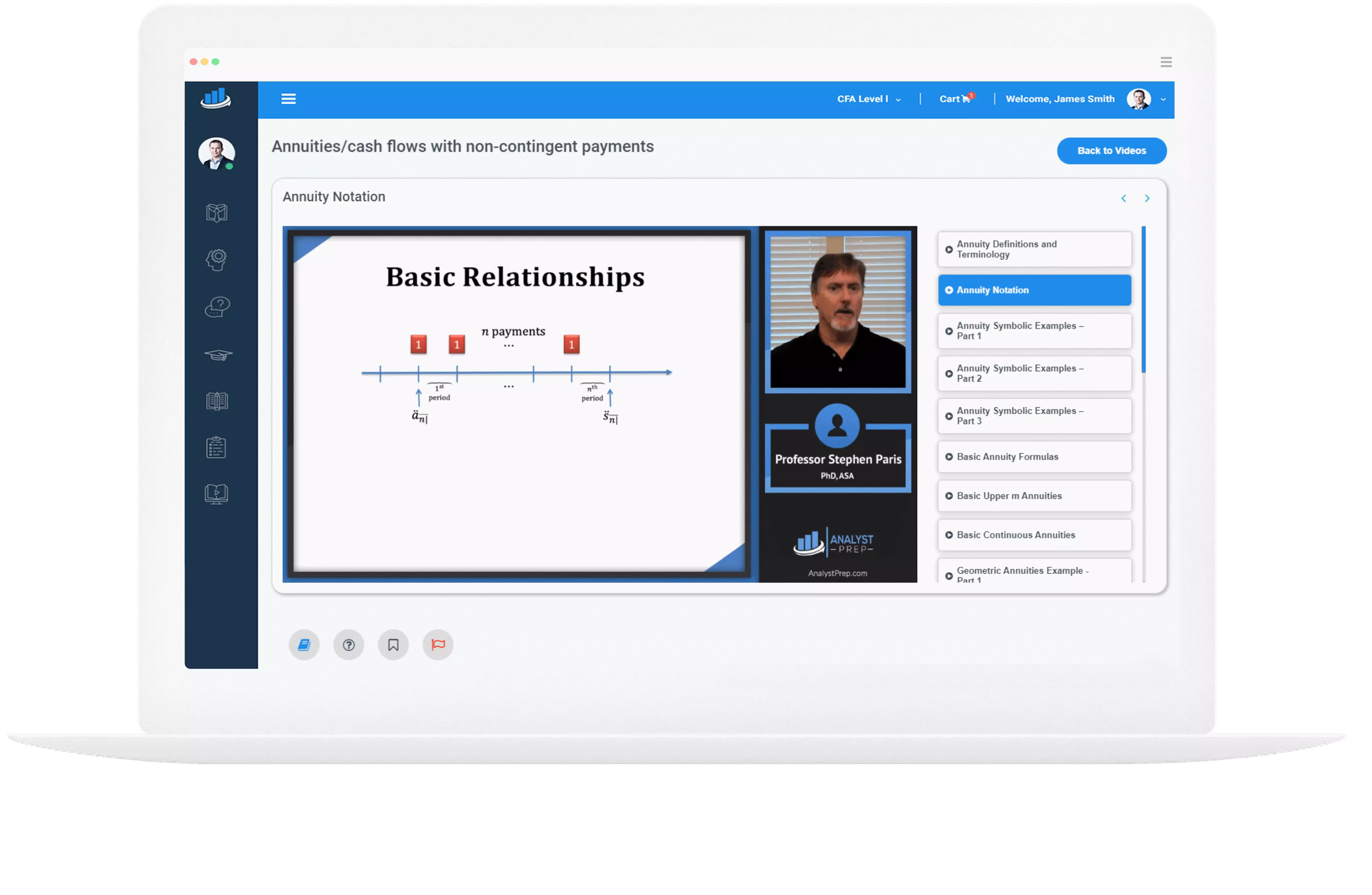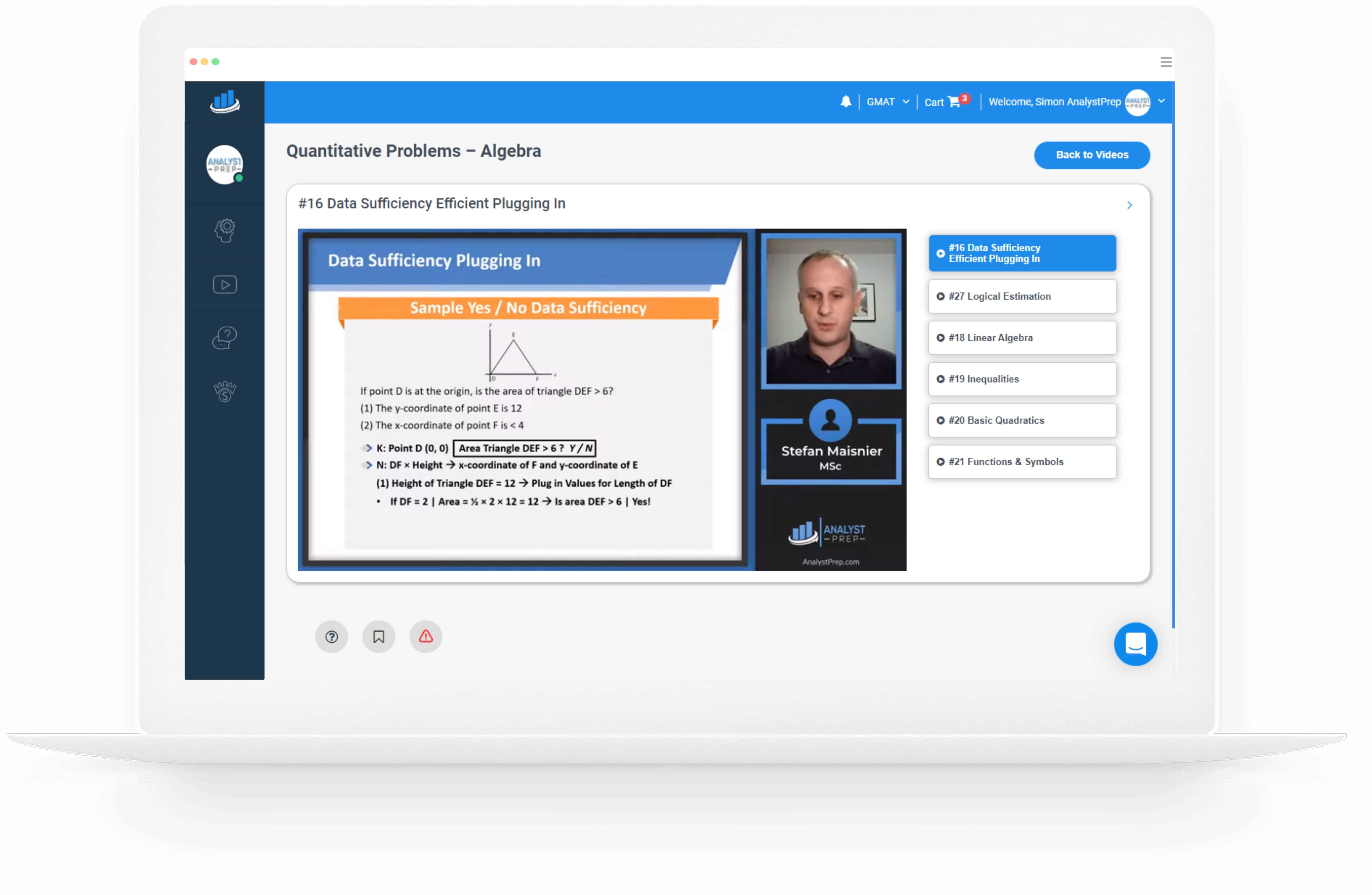Credit Strategies
Overview Securities analysts can use two main approaches for selecting investments: top-down and bottom-up. The top-down method starts with macro factors, like GDP, to influence investment choices based on expectations. While it considers major forces, it’s a disadvantage because many…
Merits and demerits of credit spread measures
As discussed in the previous LOS, a spread quantifies the yield distinction between comparable yet distinct bonds. Spreads pinpoint particular risk factors, each carrying its distinct narrative. We commence with the benchmark spread. Benchmark /Government “G-spread” The basic idea behind…
Study Notes for CFA® Level III – Fixed Income Active Management: Credit Strategies – offered by AnalystPrep
Reading 22: Fixed Income Active Management: Credit Strategies Los 22 a: Describe risk considerations for spread-based fixed-income portfolios Los 22 b: Discuss the advantages and disadvantages of credit spread measures for spread-based fixed-income portfolios and explain why option-adjusted spread is…
Credit and Spread Concepts For Active Management
Fixed Income Vocabulary Review Before delving into the content of Reading 22, let's quickly revisit some key terms. This section of the curriculum focuses on enhancing portfolio management using credit risk, which is inherent in the credit markets. The credit…
Equity Investment Across The Passive–Active Spectrum
The choice between managing a portfolio of equities passively or actively involves various minor decisions. The result is not strictly a binary yes-or-no answer. Instead, it can be viewed as a decision that falls along a spectrum. This decision-making…
Study Notes for CFA® Level III – Overview of Equity Portfolio Management – offered by AnalystPrep
Reading 23: Overview of Equity Portfolio Management Los 23 a: Describe the roles of equities in the overall portfolio Los 23 b: Describe how an equity manager’s investment universe can be segmented Los 23 c: Describe the types of income…
Shareholder Engagement
Engagement vs. Activism Shareholder engagement involves portfolio managern use a proxy vote to strengthen their influence collectively, allowing absentee shareholders to delegate their votes. The services of external proxy advisory firms' or other shareholders' active participation in a company's affairs….
Earnings Linked to Ownership and Management of an Equity Portfolio
Potential Forms of Income Dividend Income Dividend income arises from companies that generate surplus cash flows beyond their operational needs. Dividends reflect financial responsibility, significantly when firms increase these payments. Dividend income is commonly associated with value stocks and appeals…
Segmentation of Equity Investment Universe
Equity Investment Style Box $$ \begin{array}{c|c|ccc} & & & \textbf{Style} & \\ \hline & & \textbf{Value} & \textbf{Blend} & \textbf{Growth} \\ & \textbf{Large} & \text{Large-cap value} & \text{Large-cap blend} & \text{Large-cap growth} \\ \textbf{Size} & \textbf{Mid} & \text{Mid-cap value} &…
Introduction and the Significance of Equities in a Portfolio
Capital Appreciation One of the primary sources of equity return is capital appreciation. This happens when an investor buys a stock and sells it for a higher price, making a profit. Capital appreciation often receives favorable tax treatment in many…
